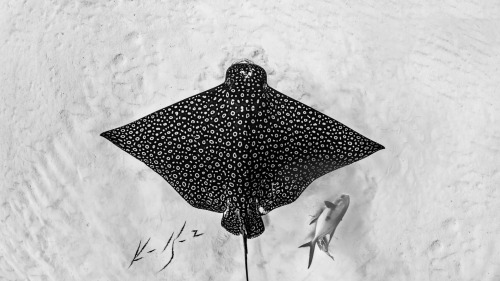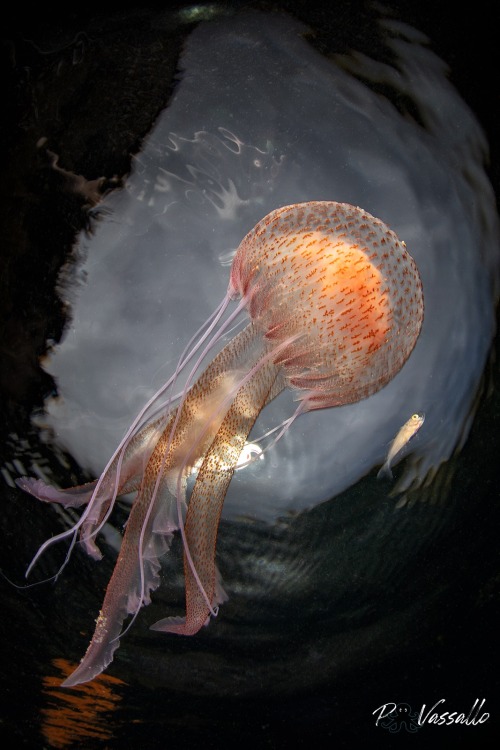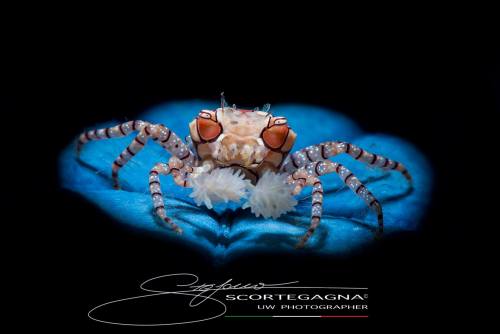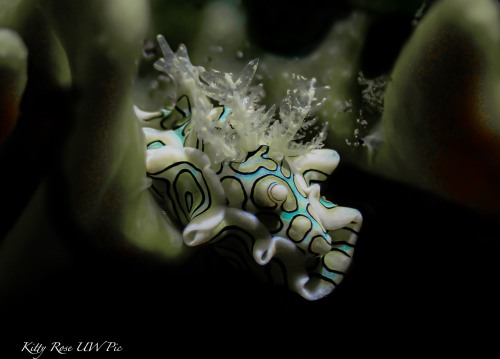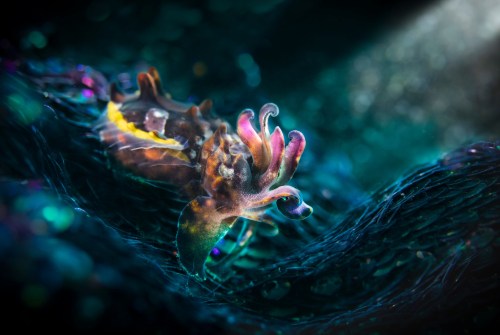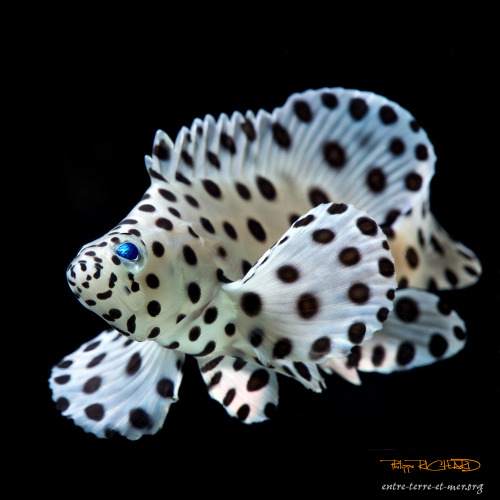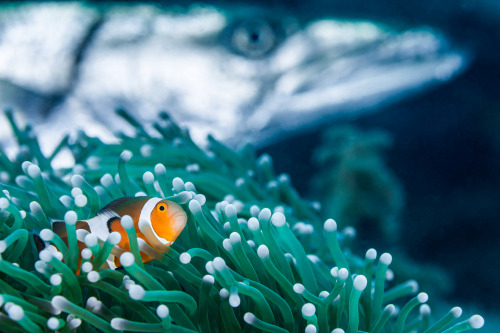#marine photography
Photo by Stefano Scortegagna |Info
Lybia tessellata is a species of small crab in the family Xanthidae. It is found in shallow parts of the tropical Indo-Pacific Ocean. Like other members of the genus Lybia, it is commonly known as the pom-pom craborboxer crab because of its habit of carrying a sea anemone around in each of its claws, these resembling pom-poms or boxing gloves. It is a small crab growing to a width of about 2.5 cm (1 in) and is found in shallow water in the tropical Indo-Pacific region;
Post link
Photo by Henley Spiers. From Hakai Magazine:
Like an audience member at a British Christmas pantomime, I wanted to shout, “He’s behind you,” to warn this clownfish of the menacing-looking great barracuda looming behind it off Cebu City in the Philippines. However, appearances can be deceptive, and a great barracuda is unlikely to prey on a clownfish. In part, this is because the barracuda is likely to pursue a more substantial meal, but it is also thanks to a symbiotic relationship between the clownfish and its hiding place.
Often known as “Nemo,” thanks to Disney, the clownfish shelters within the tentacles of an anemone when threatened. Generally, anemones sting marine creatures that get too close, but the clownfish has a thick mucus layer to protect itself. The relationship is mutually beneficial, as the clownfish nourishes the anemone with nitrogen and carbon from its waste and keeps its host well ventilated. The clownfish also takes an active part in the anemone’s defense strategy, aggressively chasing away fish that would feed on the anemone (and curious divers) with a ferocity that belies its size and appearance. By night, the anemone wraps itself into a tight ball, enveloping its resident clownfish in an underwater safety blanket.
Post link






Stephanie Valentin
fathom



